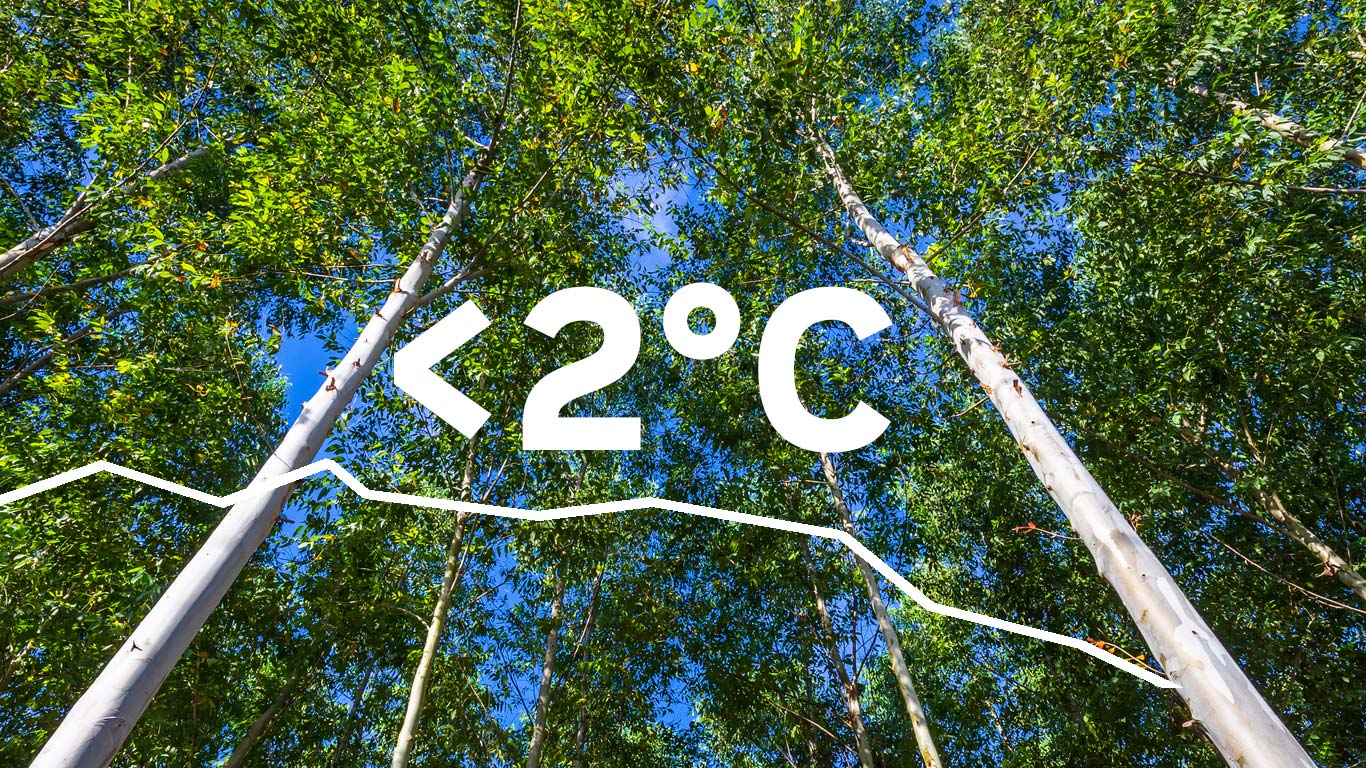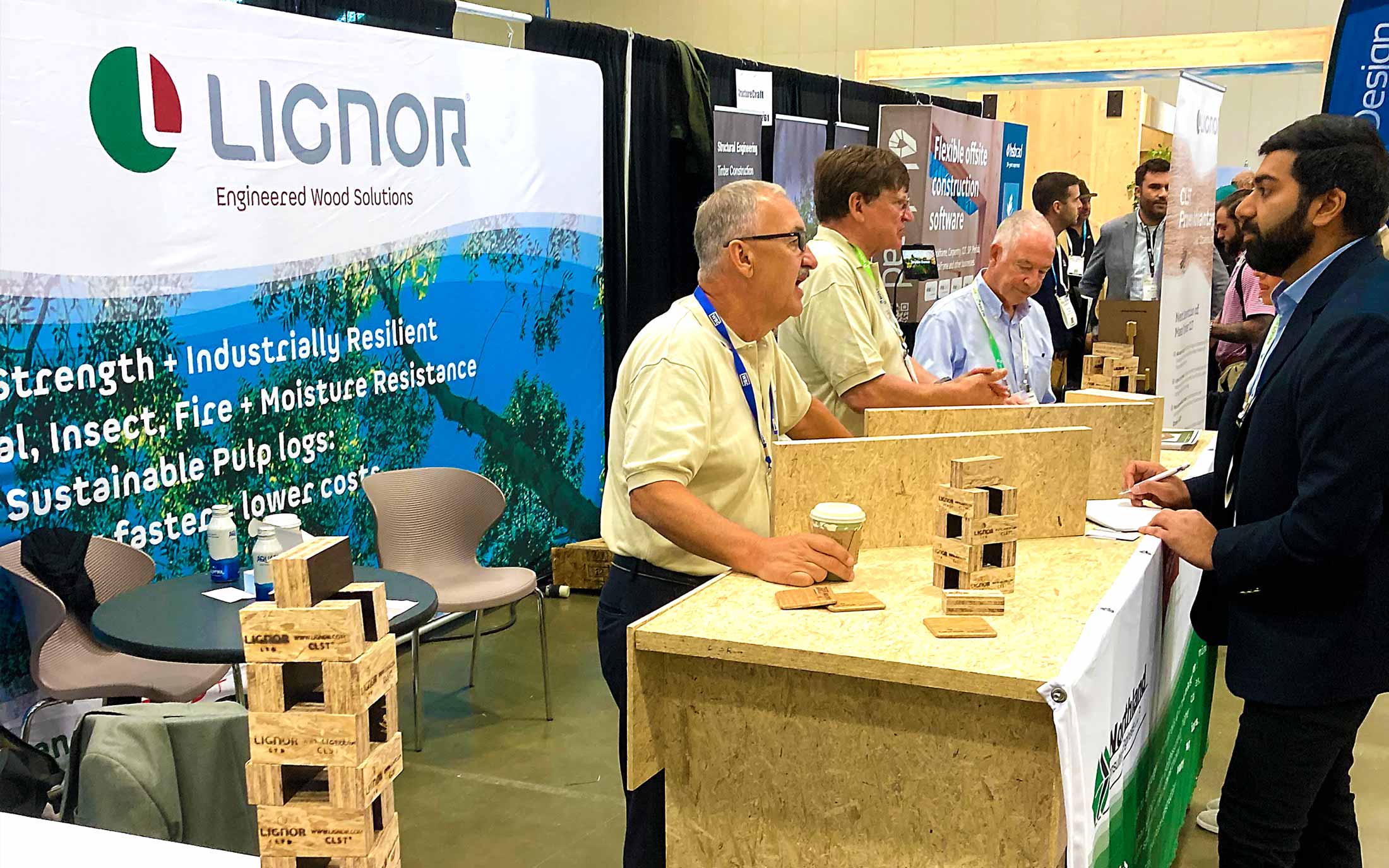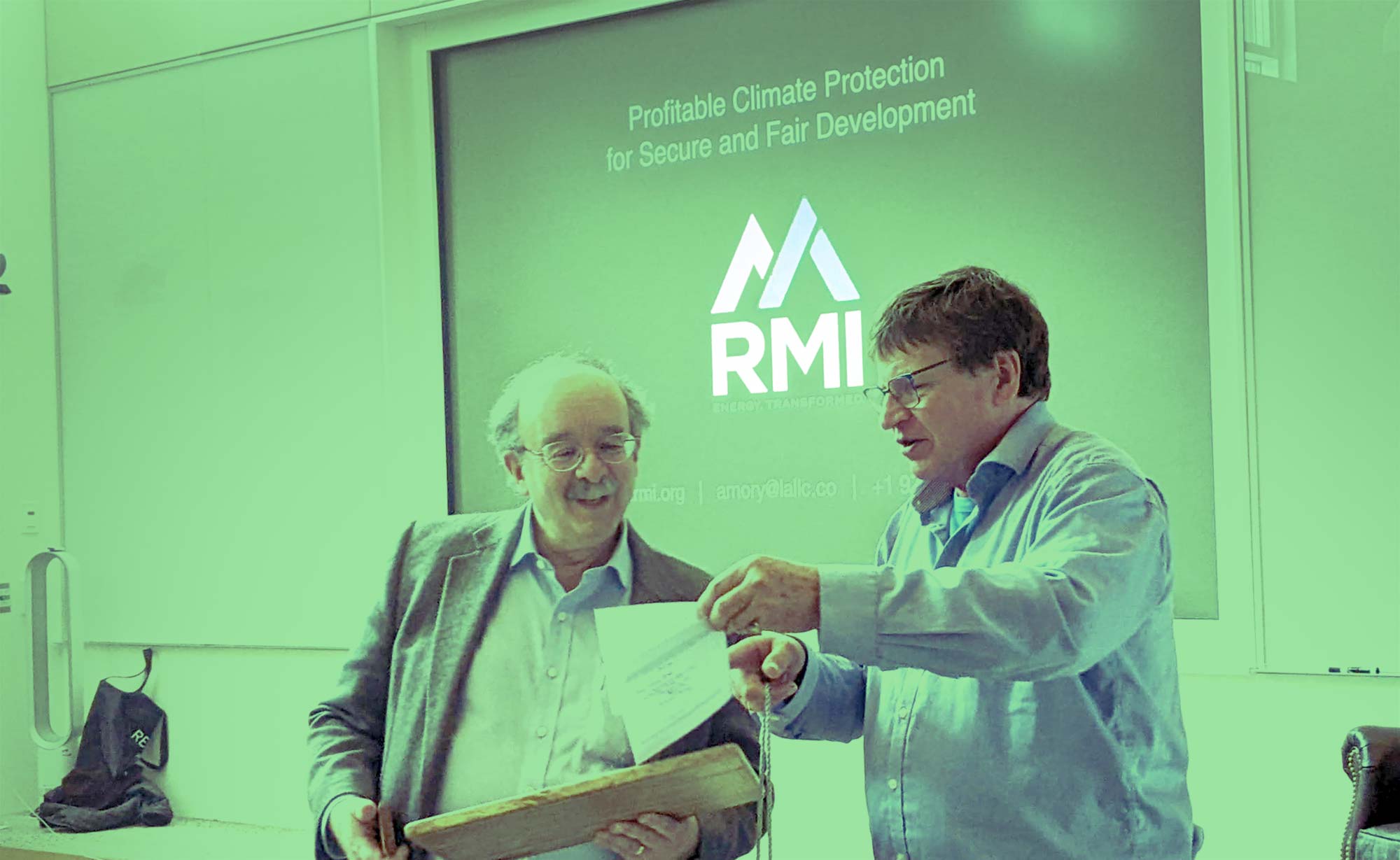Sustainability
Lignor’s Eucalyptus based products, like most wood products, are recyclable, reusable and store CO2
Planet-friendly
CLST® as our other products are sourced from sustainably certified plantations.
Reducing Emissions from Deforestation and Degradation (REDD+).
Lignor abides by the ethos, rules and regulations of the UN-REDD+ program who also support our mission.
Lignor has worked with a number of shipping container floor manufacturers, including Maersk, to pivot the c US$1.3Bn pa market away from using unsustainable tropical timbers.
It has a lower carbon footprint than traditional building materials and can provide long-term carbon storage – turning buildings into carbon sinks.
It is recyclable and has the potential for re-use, which allows carbon sequestration to continue long term.
It can be made from small diameter juvenile trees which are often unused and pose a growing fire hazard globally due to climate change. For instance, there are 2M ha of Eucalyptus in 86 countries currently underutilised.
It can use tree crops such as Swedish Aspen which grow up to 4.5 x faster than conventional crops and lock up far more carbon per year than conventional older plantations or forests.
It eases the pressure on shrinking global timber resources as it can be produced from most kinds of timber.*
Due to the potential use of rapid growth tree crops, it can sequestrate carbon faster than other mass timber solutions.
*excluding Paulownia.
Carbon Storing
Lignor, like other wood products, store carbon. Lignor’s based products offer the following carbon storing benefits:
Net Carbon Stored by Various Wood Building Materials when Produced
URS Emission Benefits Associated with Lignor’s Products, 7 May 2007
Net Carbon Emitters by Various Traditional Building Materials when Produced
Example: Housing Construction

Eliminating concrete, steel, bricks, plastics and aluminium and substituting conventional EWP in construction would save approximately 25 t CO2 being released per house.
Equates to driving a Toyota Prius for 25 years.
Journal

Wood Construction is the Greatest Chance We Have
The World is at a tipping point with global emissions of meeting the UN target of maximum 1.5°C temperature rise now highly unlikely according to one of the World’s leading climatologists Prof Hans Joachim Schellnhuber.


